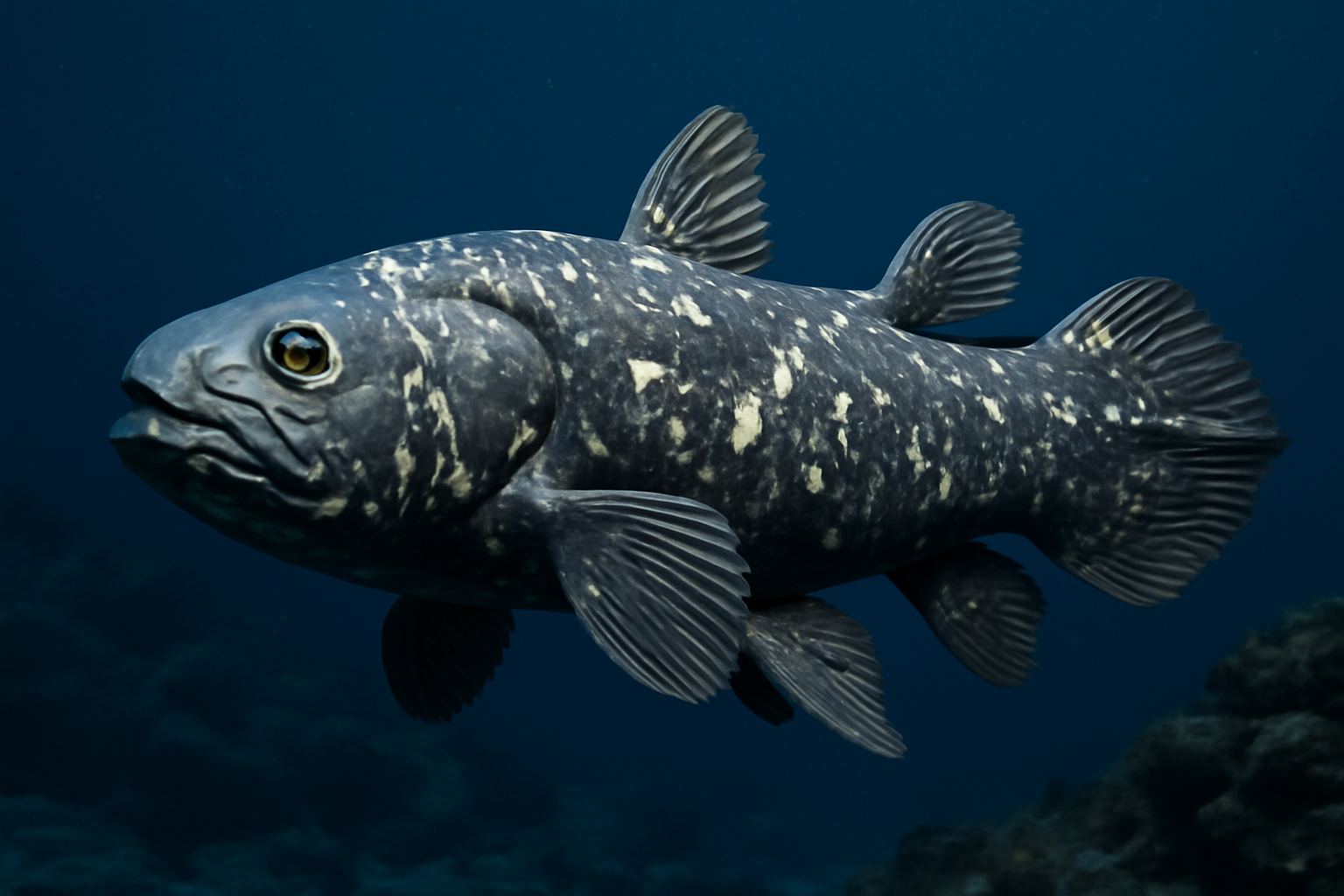Coelacanths [Latimeria]
Description
Latimeria constitutes a genus of rare and critically endangered marine fish belonging to the family Latimeriidae, known as coelacanths. This genus represents a living fossil, with its origins tracing back to the Cretaceous period, making it a significant subject of study in understanding the evolutionary history of fish and terrestrial vertebrates. Latimeria species are characterized by their lobed pectoral and pelvic fins, which move in a similar fashion to the limbs of terrestrial animals, suggesting a primitive evolutionary link to the land-dwelling vertebrates. These deep-sea fish are found in the Indian Ocean off the coast of eastern Africa and in the waters surrounding Indonesia. They have a unique method of locomotion, utilizing a form of intrauterine cannibalism where the offspring consume their siblings in the womb for nutrition. Their discovery in 1938, after being thought extinct for millions of years, was a significant zoological find, highlighting the complexity and longevity of marine life evolution.
Species

West Indian Ocean Coelacanth [Latimeria chalumnae]
View Details
Indonesian Coelacanth [Latimeria menadoensis]
View DetailsTaxonomy
| Phylum |
Chordates
Chordata
|
|---|---|
| Class |
Lobe-Fin Fish
Sarcopterygii
|
| Order |
Coelacanths
Coelacanthiformes
|
| Family |
Latimeriidae
Latimeriidae
|
Statistics
- Species 2